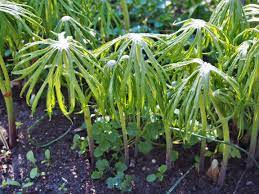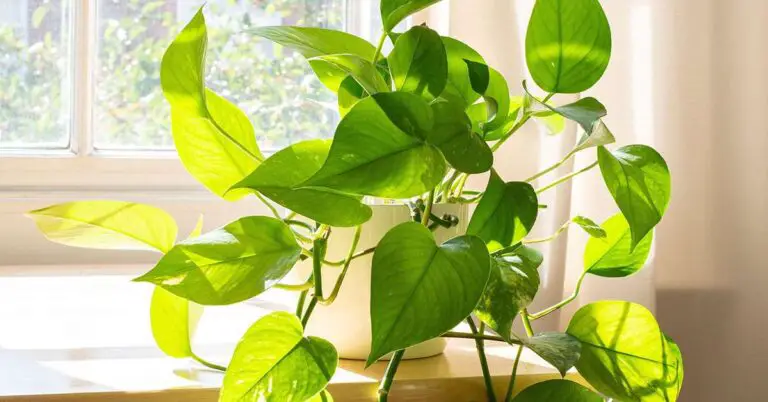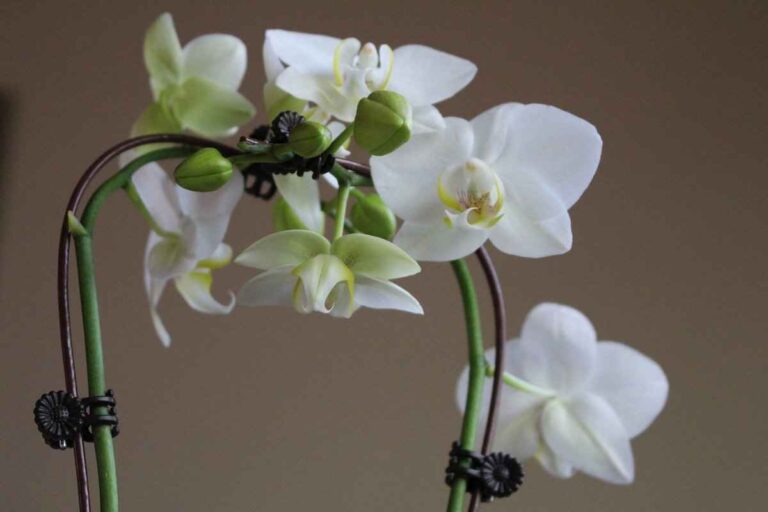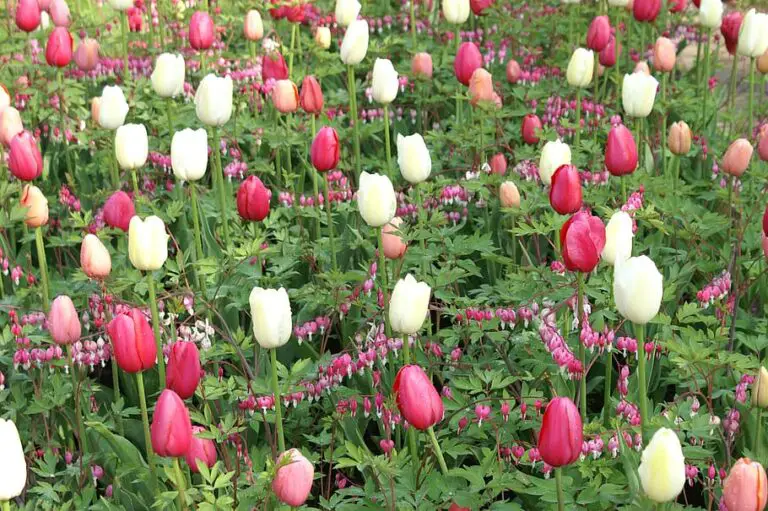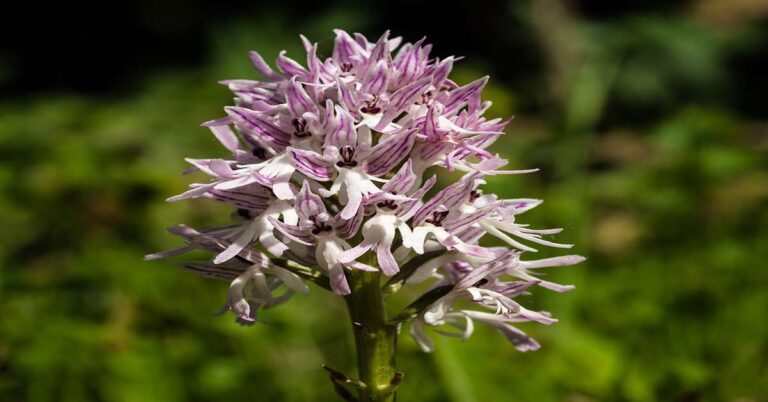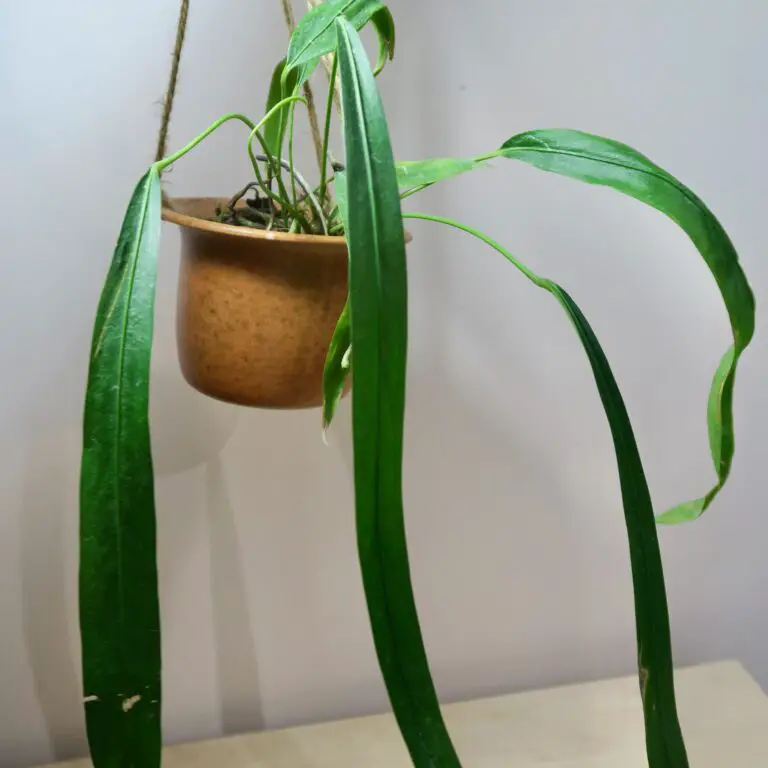Introduction
Chenille Plants (Acalypha hispida) have gained popularity as unique and eye-catching houseplants. Their distinctive fuzzy, vibrant red flowers resemble caterpillars, making them a fascinating addition to any indoor or outdoor space. In this comprehensive guide, we’ll delve into how to care for and grow Chenille Plants, while also exploring different varieties that can elevate your greenery game.
Understanding the Chenille Plant
The Chenille Plant, scientifically known as Acalypha hispida, originates from the warm climates of the Pacific Islands. With its lush foliage and eye-catching red “caterpillar” blooms, it’s no wonder this plant has captured the hearts of plant enthusiasts worldwide. These fuzzy flowers, which can grow up to 18 inches in length, add a touch of whimsy to any garden or living space.
Benefits of Growing Chenille Plants
Aside from their aesthetic appeal, Chenille Plants offer several benefits for both indoor and outdoor environments. These plants aren’t just visually pleasing; they also possess air-purifying properties that can contribute to improved indoor air quality. Whether placed indoors as a statement piece or outdoors as a colorful accent, Chenille Plants are sure to draw attention.
Getting Started: How to Grow Chenille Plants
1. Selecting the Right Location
To ensure optimal growth, it’s crucial to choose a location with bright, indirect sunlight. While Chenille Plants appreciate sunlight, direct exposure can scorch their delicate leaves. Find a spot that balances light and shade to help your plant thrive.
2. Soil Requirements
Chenille Plants prefer well-draining soil to prevent waterlogged roots. A blend of potting soil and peat moss creates an ideal mix that promotes healthy growth. This combination ensures proper moisture retention without suffocating the roots.
3. Planting Process
When planting Chenille Plants in pots or containers, select a suitable size that accommodates their growth. Adequate drainage is essential to prevent water buildup that can lead to root rot. Place pebbles at the bottom of the container to enhance drainage.
4. Watering Techniques
Consistent and even moisture is key for Chenille Plants. Water regularly, allowing the top inch of soil to dry between waterings. Overwatering should be avoided, as it can lead to root-related issues.
5. Humidity Considerations
Chenille Plants thrive in higher humidity environments. If you’re growing them indoors, misting the leaves or placing a humidity tray nearby can help maintain the necessary moisture levels.
Nurturing Your Chenille Plant
1. Fertilization Schedule
During the growing season, provide balanced liquid fertilizer every four to six weeks. This routine supports robust growth and encourages the development of those distinctive caterpillar-like blooms.
2. Pruning and Pinching
Pruning is essential for maintaining a bushy and compact appearance. Trim back leggy growth to encourage new shoots. Additionally, pinching off faded flowers promotes continuous blooming and prevents energy waste on seed production.
Mastering The Art Of Growing And Caring For Begonia Lucerna: A Complete Guide
Troubleshooting Common Issues
1. Yellowing Leaves
Yellow leaves can be a sign of overwatering or nutrient deficiencies. Adjust your watering habits and consider adding a balanced liquid fertilizer to address the issue.
2. Pests and Diseases
Common pests like aphids or spider mites can affect Chenille Plants. Combat these issues using organic methods like neem oil or insecticidal soap to keep your plants healthy.
Exploring Chenille Plant Varieties
Acalypha hispida (Chenille Plant)
This is the most common variety and is known for its bright red flowers that resemble chenille yarn. It is a fast-growing plant that can reach up to 3 feet tall.
Acalypha pendula (Strawberry Firetails)
This is a dwarf variety that only grows 3-7 inches tall. It has green leaves and white flowers.
Acalypha wilkesiana (Flame Nettle)
This variety is known for its colorful leaves that can be green, red, or yellow. It is a slow-growing plant that can reach up to 6 feet tall.
Acalypha tricolor (Pinwheel Plant)
This variety has green leaves with white, pink, and red margins. It is a fast-growing plant that can reach up to 2 feet tall.
Acalypha ‘White Margin’ (White Chenille Plant)
This variety has green leaves with white margins. It is a dwarf variety that only grows 12-18 inches tall.
These varieties are all relatively easy to care for and can thrive indoors in bright, indirect sunlight. They need to be watered regularly, but be careful not to overwater them, as this can lead to root rot. Fertilize them every 2 weeks during the growing season with a balanced fertilizer.
Frequently Asked Questions (FAQs)
- Can I grow Chenille Plants indoors?Absolutely! Chenille Plants can thrive indoors if provided with proper care. Place them near a bright, indirect light source and maintain appropriate humidity levels.
- How often should I water my Chenille Plant?Water your Chenille Plant when the top inch of soil feels dry to the touch. Adjust the frequency based on environmental conditions.
- Are Chenille Plants toxic to pets?Yes, Chenille Plants are considered toxic to pets. Keep them out of reach of animals to prevent ingestion.
- Why is my Chenille Plant not blooming?Several factors, such as insufficient light or nutrients, can hinder blooming. Ensure your plant is getting the right conditions and care to encourage flowering.
- Can I propagate Chenille Plants?Yes, you can propagate Chenille Plants through stem cuttings. Take cuttings from healthy stems and follow propagation techniques for successful growth.
Conclusion
Incorporating Chenille Plants into your green space can be a rewarding endeavor. By providing the right conditions and care, you can enjoy the striking beauty of these plants while reaping their air-purifying benefits. Remember to tailor your care routine to each variety’s specific needs, and don’t hesitate to experiment with different Chenille Plant varieties to add diversity and color to your surroundings.

